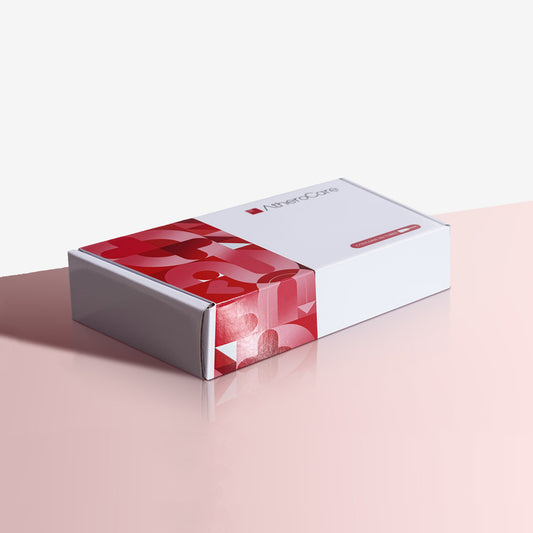Monitoring your blood pressure at home is one of the simplest yet most powerful steps you can take to protect your heart health. Whether you’re managing hypertension, tracking changes over time, or staying proactive, daily blood pressure checks put you in control of your wellbeing.
What is a blood pressure monitor?
A blood pressure monitor measures the force of your blood against artery walls as your heart pumps. It provides two numbers:
- Systolic pressure (top number): the pressure when your heart beats
- Diastolic pressure (bottom number): the pressure when your heart rests between beats
For example, a reading of 120/80 mmHg is considered healthy for most adults.
Why is it important to monitor blood pressure?
High blood pressure often develops silently without obvious symptoms but increases the risk of heart disease, stroke, and kidney problems. Regular monitoring helps you:
- Catch potential problems early
- Understand how your body responds to medications or lifestyle changes
- Share accurate readings with your doctor
- Stay motivated to follow heart-healthy habits
Types of blood pressure monitors:
- Automatic (Digital) Monitors: The most common for home use. Place the cuff on your upper arm or wrist, press start, and wait for the reading.
- Manual Monitors: More common in clinics, requiring a stethoscope and pump — less practical for everyday home use.
- Wrist Monitors: Compact and portable, though often less accurate than upper-arm models. Handy for travel or quick checks.
How to use a monitor correctly:
Accurate readings depend on correct use. Keep these tips in mind:
- Sit quietly for 5 minutes before measuring
- Keep feet flat on the floor and back supported
- Rest your arm on a table at heart level
- Take 2–3 readings one minute apart, then average them
- Avoid caffeine, smoking, or exercise for 30 minutes before
Pro tip: Measure at the same time daily, such as in the morning before eating or taking medication.
What the numbers mean:
| Blood Pressure Category | Systolic (top) | Diastolic (bottom) |
|---|---|---|
| Normal | Less than 120 | Less than 80 |
| Elevated | 120–129 | Less than 80 |
| High (Stage 1 Hypertension) | 130–139 | 80–89 |
| High (Stage 2 Hypertension) | 140 or higher | 90 or higher |
| Hypertensive Crisis | 180+ | 120+ |
If you consistently see elevated readings, consult your doctor. Extremely high results, especially with symptoms like chest pain or dizziness, require immediate medical attention.
Final word: A blood pressure monitor may be small, but the insights it provides are powerful. By checking daily, you can detect problems early, manage conditions effectively, and support long-term heart health. Consistency, awareness, and action are key to keeping your heart strong.







